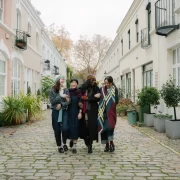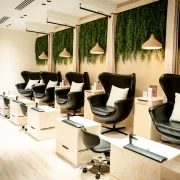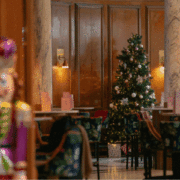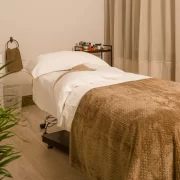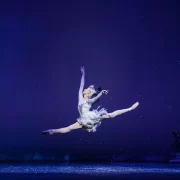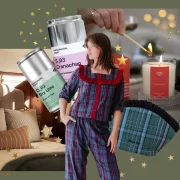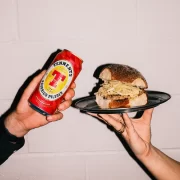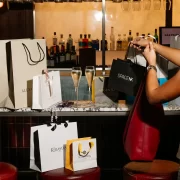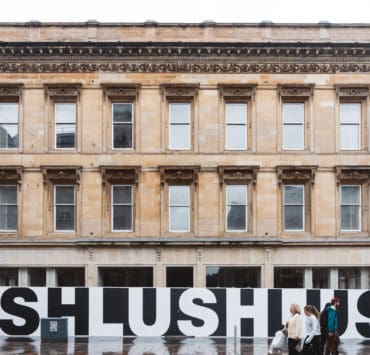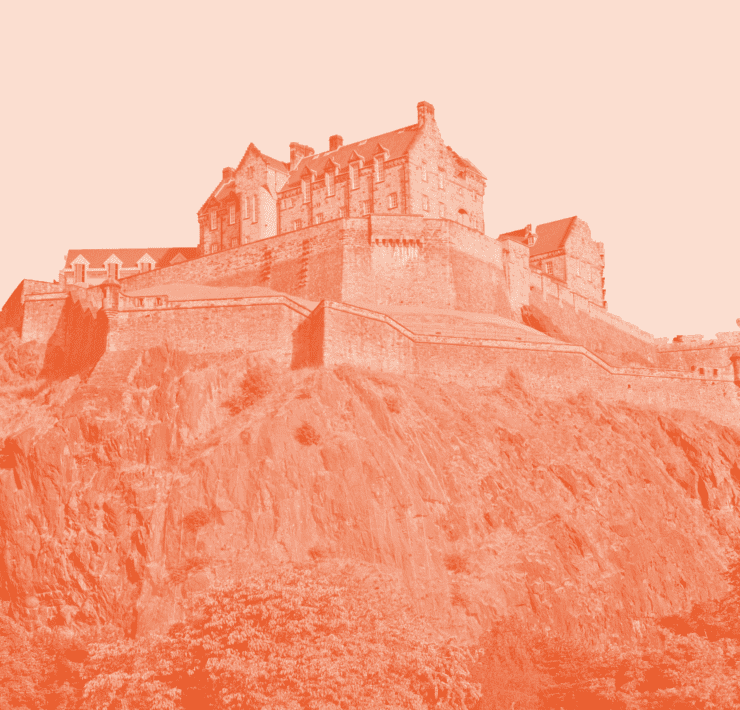From the French girl bob made popular by model and Instagram fave Taylor LaShae to Margot Robbie’s perfect Barbie blonde highlights, hardly a month goes by before a new trending hairstyle has us all running to our stylist, credit card in hand.
But for those with fine, damaged and limp locks, achieving a grid-worthy style, let alone the latest fad cut, has always seemed impossible – until now.
Edinburgh-based hairdresser, Gail Stewart, has become the first stylist in Scotland to gain certification in the “Calligraphy Cut”, an innovative technique that’s loved by hairdressers in some of the coolest salons in London, New York and LA, and it could transform your strands.
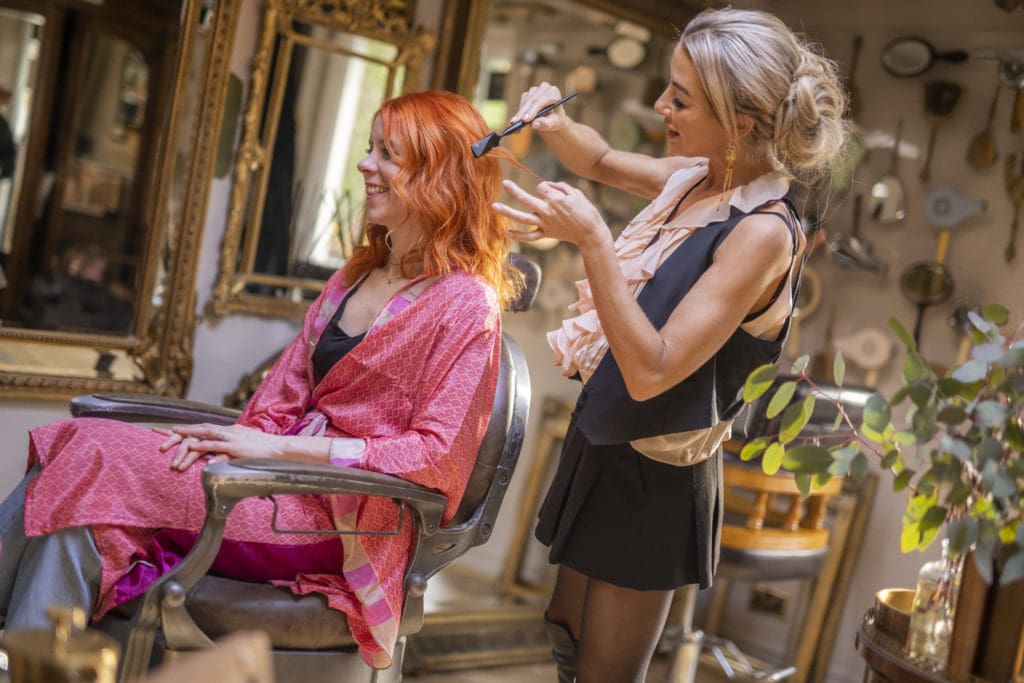
“‘Scrolling through social media mid-pandemic, I kept seeing Calligraphy styling,” explained the entrepreneur. “As a passionate stylist I had the commitment to improve my technical skills and, because of lockdown, I had the time, too, so it felt a little bit as if it was meant to be!”
Here, Gail tells Quine everything you need to know about the cutting-edge process that has taken social media – and celebrity stylists – by storm.
What is the Calligraphy Cut?
Invented by German salon owner and stylist, Frank Brormann, the biggest difference between a standard haircut and the Calligraphy method is the tool – rather than using scissors, Calligraphy hairdressers trim locks with a long, thin flat blade that looks similar to a pen – hence the name!
Frank noticed the “squeezing” effect scissors had when cutting flowers, and began experimenting with trimming stems with a blade to avoid unnecessary damage. The impressive results led him to consider using a blade to cut hair, too, and the idea for his Calligraphy Pen was born.
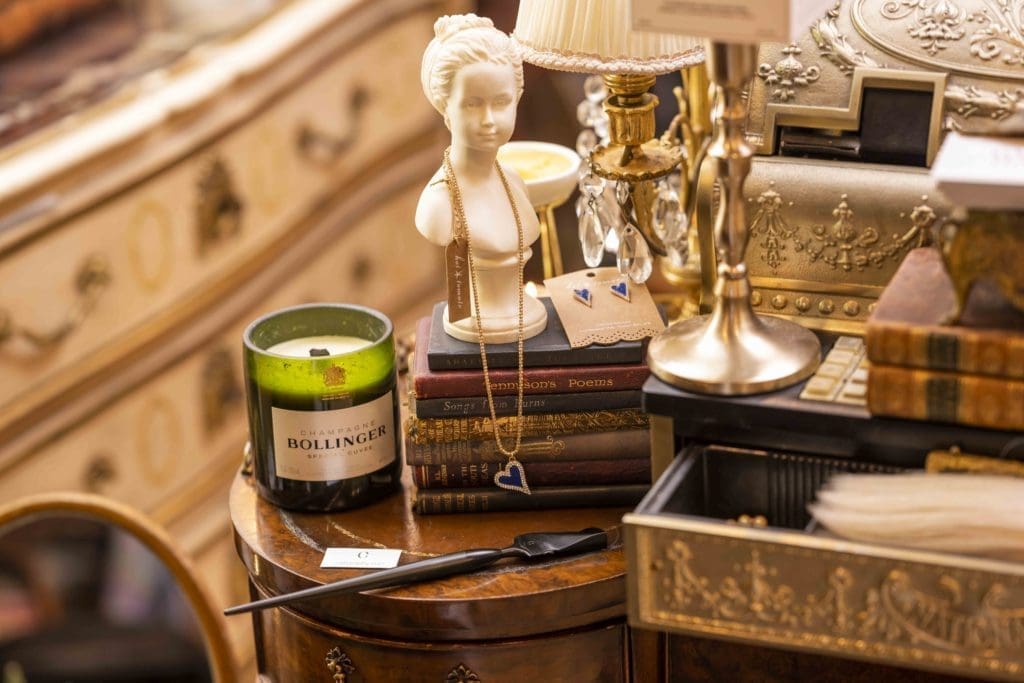
How does the technique differ from a standard cut?
When performing the Calligraphy Cut, hair is trimmed at a precise 21-degree angle, which Gail says creates a softer, healthier finish.
“Cutting diagonally across the end of each hair strand creates a much softer look,” she explained. “The precise 21-degree angle leaves up to a 300% larger surface area, with hair able to absorb the maximum amount of moisture and nutrients.
“Benefits include healthier hair, more texture and volume, and a sleek finish. Plus, your hair will feel lighter, but look longer, and Calligraphy styles are easier to manage and likely to last longer than a regular scissor cut.”
Who should consider the Calligraphy Cut?
Gail, who undertook a rigorous, two-year online training programme to become a certified Calligraphy Cut Stylist, says the unique method can revitalise any hairdo, but it’s particularly transformational for anyone struggling with fine, limp locks.
She said: “Part of the revolutionary aspect of the Calligraphy Cut is you can use the pen for any style, from long bobs to pixie cuts. It also works brilliantly on curly hair because the pen is more sculpting than scissors.
“However, it is particularly good for thin, fine, flyaway hair, and hair prone to breaking or splitting. If you want hair that is healthier, with fewer split ends, easier to style, with more body, volume and shine, the Calligraphy Cut is for you.”
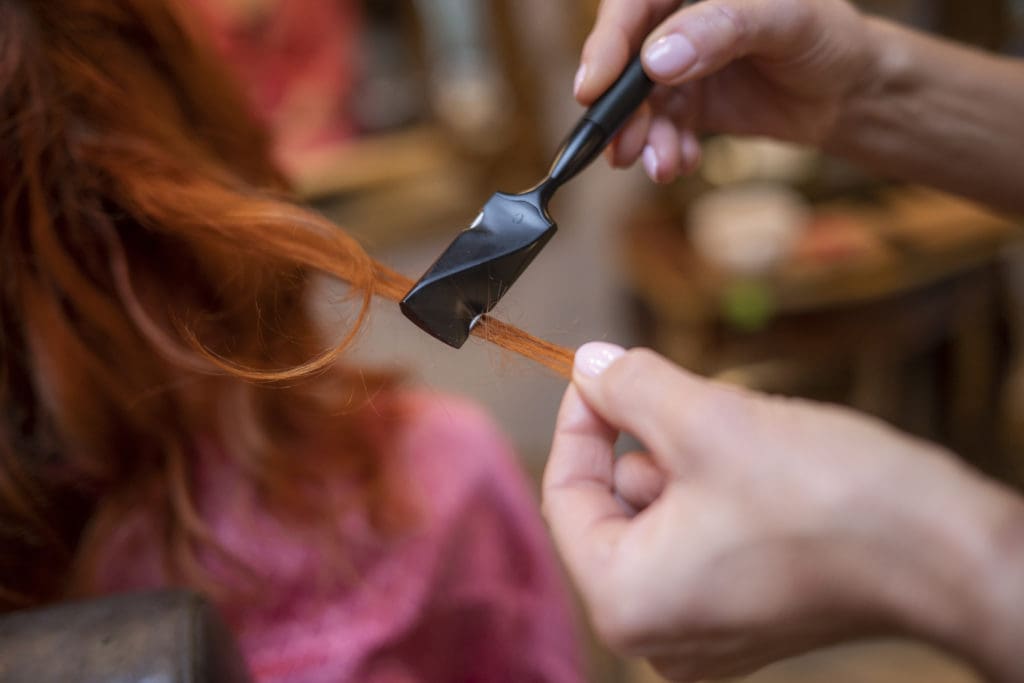
How much does it cost?
At Gail’s north Edinburgh-based salon, the Calligraphy Cut costs £99, and while it might be slightly more expensive that your average trim, it’s worth the investment.
Gail added: “My clients love this new technique and have been giving it five-star reviews all the way!”
For more information, visit gailstewartstyling.co.uk

